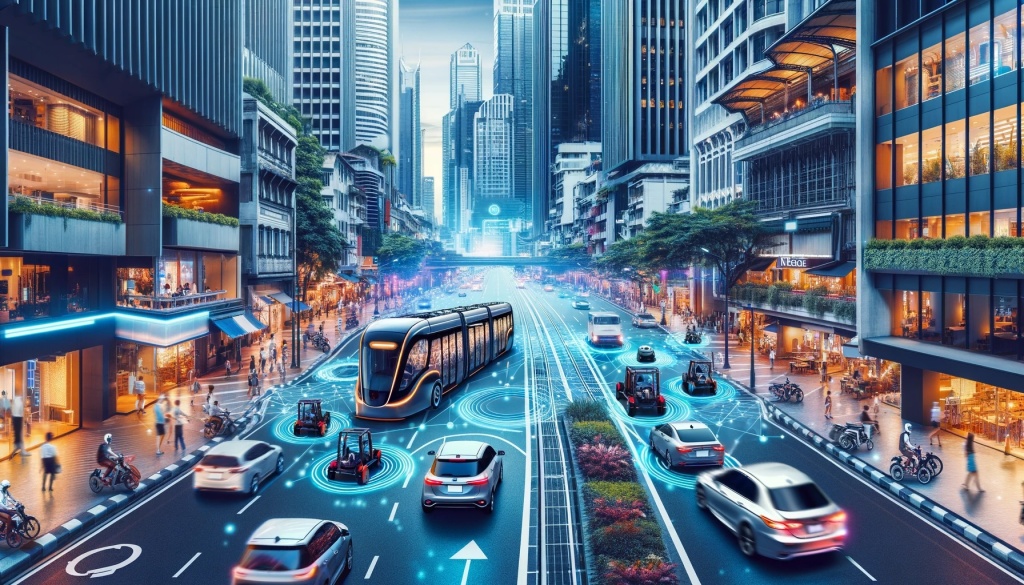
As we approach 2030, the automotive industry stands on the brink of significant transformation, driven by advancements in technology, shifts in consumer behavior, and pressing environmental concerns. Here are the key trends and developments that will shape the future of mobility.
The push towards sustainability is rapidly transforming the automotive landscape. By 2030, it is projected that electric vehicles (EVs) could account for up to 50% of new car sales in some regions, driven by stricter emission regulations, advancements in battery technology, and greater consumer acceptance. Cities with stringent environmental policies and robust charging infrastructure will see the fastest adoption rates, while rural areas may lag behind due to infrastructure challenges and driving range concerns .
Autonomous driving technology is another game-changer. Despite the current technological and regulatory hurdles, it is expected that up to 15% of new cars sold by 2030 could be fully autonomous. This shift will not only revolutionize personal transportation by enhancing safety and convenience but also transform urban mobility, potentially reducing traffic congestion and lowering accident rates .
The concept of car ownership is evolving. By 2030, it is anticipated that up to one out of ten cars sold could be a shared vehicle. The rise of ride-hailing and car-sharing services reflects changing consumer preferences towards more flexible and cost-effective mobility solutions. This trend is particularly pronounced in urban areas where the cost and inconvenience of car ownership are driving people towards shared mobility models .
The future of cars is not just about getting from point A to point B. Vehicles are becoming highly connected, integrating with broader digital ecosystems. By 2030, advancements in the Internet of Things (IoT) and real-time data analytics will enable cars to communicate with their environment, enhancing safety and providing a more personalized driving experience. This hyper-connectivity will also support the growth of smart cities, where integrated transportation networks improve efficiency and reduce environmental impact .
